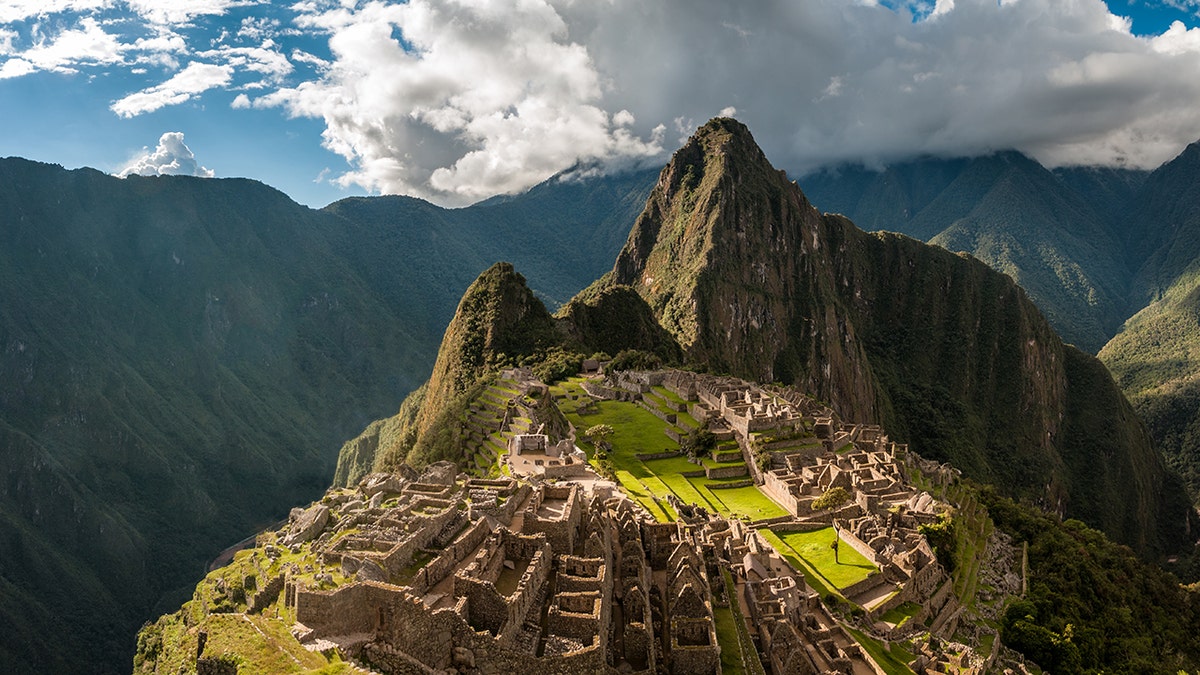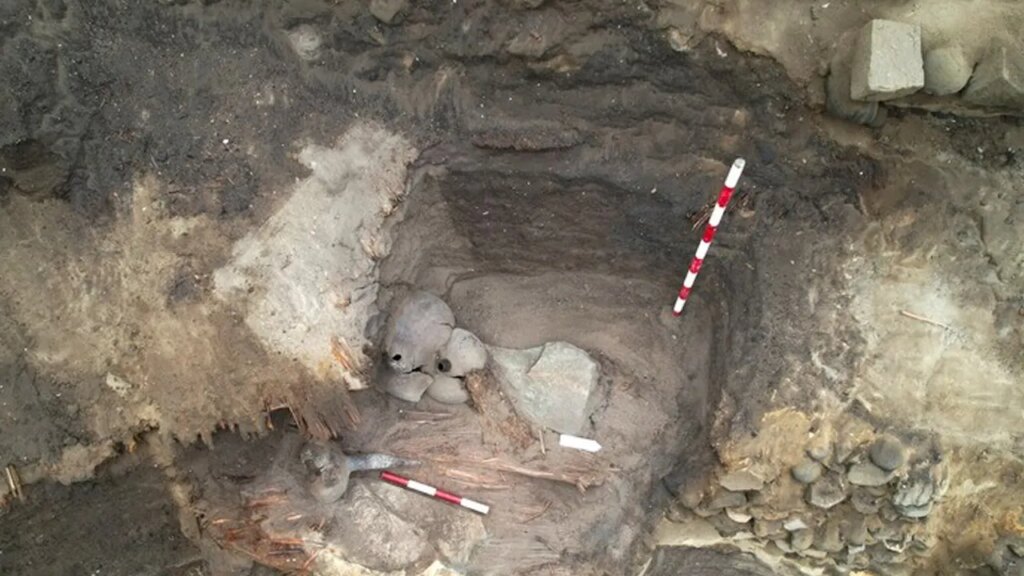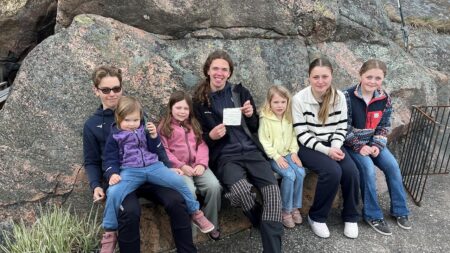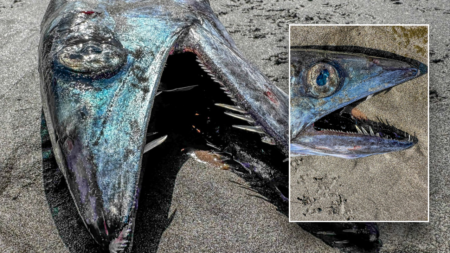Archaeologists have announced the discovery of 5,000-year-old remains apparently belonging to a high-society woman from an ancient Peruvian civilization.
The tomb was found in Aspero, an area in the Caral site in Peru, which was formerly used as a municipal dump, Reuters reported.
Archeologist David Palomino told Reuters that the way in which the woman’s skin, hair and nails were preserved indicates she was of “high status” in the ancient Caral civilization.
ARCHAEOLOGISTS FIND HUGE NUMBER OF HORSE SKELETONS
“This is an important burial because it has elements that correspond to a woman of high status,” said Palomino.
It is estimated the woman would have died while she was between 20 and 35 years old.
Researchers, however, are unclear about the exact date of the burial.
The remains were found along with a mantle of blue and brown feathers, which are believed to come from an Amazonian bird.
OMINOUS LETTER WRITTEN BY ‘PROPHETIC’ TITANIC PASSENGER SELLS FOR SHOCKING SIX-FIGURE SUM AT AUCTION
Palomino said the tomb was also surrounded by baskets with offerings, vases, gourds and a toucan’s beak, according to Reuters.
He said the discovery showed that “not only men had an important association in this civilization, but this was also complementary with that of women.”
(WARNING: graphic image below)

Caral is known as the oldest center of civilization in the Americas, according to the UN’s World Heritage website.
For more Lifestyle articles, visit foxnews.com/lifestyle
The city dates back to the Late Archaic Period of the Central Andes, the website notes.

About 3,000 people are believed to have lived in Caral.
It’s known as one of the six sites where civilization separately originated in the ancient world, according to Lumen Learning.
Caral would have been inhabited at the same time as ancient Egyptian, Chinese and Sumerian civilizations, Reuters said.
“The Sacred City of Caral-Supe reflects the rise of civilization in the Americas,” said the UNESCO site. “As a fully developed socio-political state, it is remarkable for its complexity and its impact on developing settlements throughout the Supe Valley and beyond.”
Reuters contributed reporting to this article.
Read the full article here







